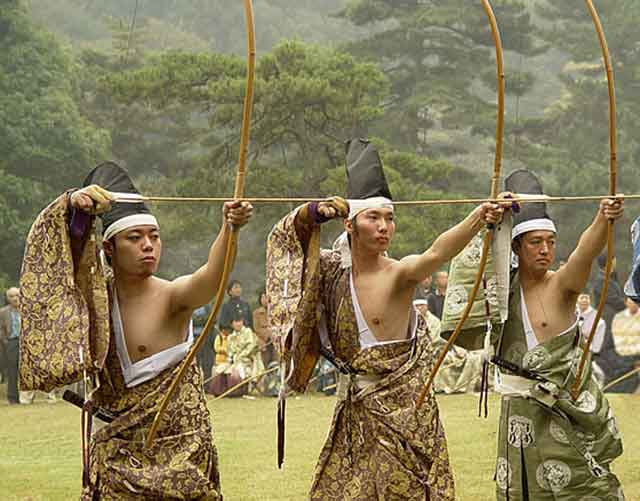
The traditions and martial art of the Japanese samurai are still relevant and some of them are used to this day. A prime example of this is Kyudo. This is traditional Japanese archery, which is based on two key principles: spiritual harmonic and physical development.
The ultimate goal of kyudo is to achieve the state of "shin - zen - bi", which in translation means "truth - virtue - beauty".
The history of the origin of kyudo
Kyudo has its roots in ancient times. The first memories of archery date back to the 8th century. During the feudal period, kyudo became very popular. Samurai paid special attention to archery, as it was the main weapon in feudal wars.
The basic equipment of a samurai kyudo
The main equipment in this martial art is the bow. It is the longest in the world and is represented by several types:
Yumi: a high bow over 2 m high. It is made of wood, koi and bamboo;
Yaa: made of bamboo with eagle or hawk feathers. Each such bow has its own direction of rotation;
a special three-fingered glove - mitsugakeili, or a four-fingered - yotsugake. The glove worn on the right is referred to as Yugake. It is made of deerskin and can be hard or soft. In the latter version, there is no solid finger. There is also a one-finger glove and a five-finger glove.
It is worth paying attention to such an interesting fact as wearing gloves only on the right hand. Given the kyudo shooting technique, the left hand does not require protection: the main blow is made on the right hand.
In order for the onion to be well fixed in the hand, rice husk powder is applied to the palm. It absorbs sweat, which allows the bow to turn in the hand.
Additional equipment for female archers is the Muneate chest protector. This is a piece of leather or plastic that protects the breasts from possible blows from the bowstring.
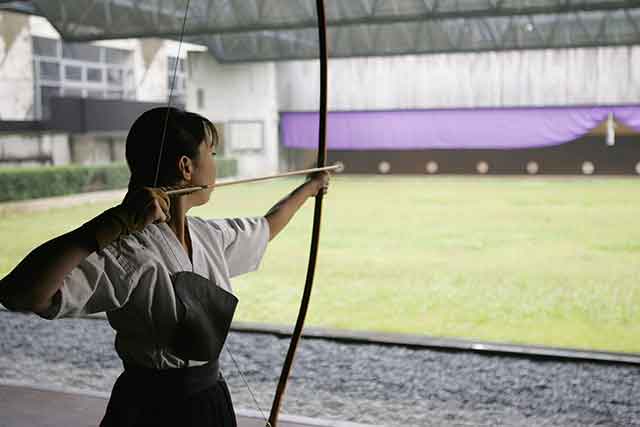
Archery technique: preparation steps
Kyudo technique is very carefully spelled out in the main Code. Individual moments may differ based on style. However, there are common points. For example, all archers hold the bow only in the left hand, and pull the string with the right. It is very important to draw the bow so that the pulling hand is held behind the ear. If you break this rule, then there is a risk of hitting a neighboring shooter in the ear or face when releasing the bowstring.
Unique to kyudo is the technique of releasing a bow shot that rotates in the hand so that the string stops in front of the archer's outer forearm.
Other techniques in kyudo:
support installation;
checking the balance of the body;
preparation of the bow: grasping the string with the right hand - positioning the left hand on the handle of the bow - turning the archer's head to analyze the target;
stretching the bow, full drawing;
construction of vertical and horizontal lines of the body;
release of the bowstring from the right hand;
lowering the bow.
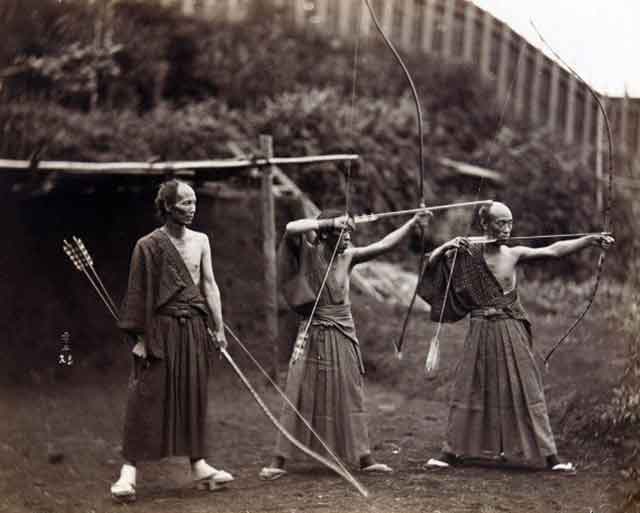
All actions are performed in the appropriate order, which allows you to achieve the most accurate result. At first glance, it only seems that the technique of stringing a bow is simple. In fact, it requires maximum physical effort. Everything is involved here at the same time:
correct breathing;
physical strength;
elegance of movement.
During the shot, the warrior must be in complete calmness, being in a state of meditation. Everything happens after achieving complete calmness. The samurai went into a state in which he gave up all his thoughts and desires. Thus, the only tools that led to enlightenment were the bow and arrow.
Today, kyudo has evolved from a martial art to a traditional sport.
See also
-
Kokura Castle
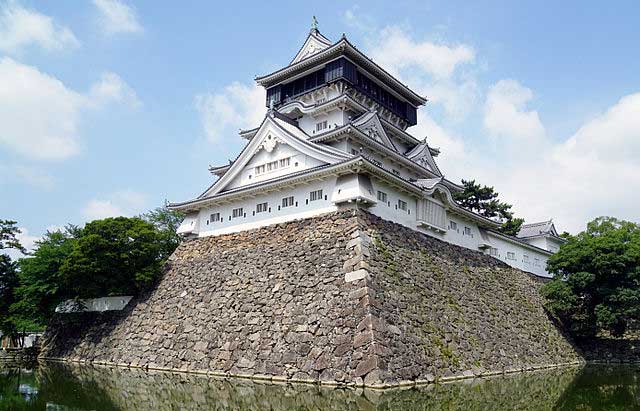
Kokura Castle is traditionally considered to have been founded by Hosokawa Tadaoki (1563–1645), although by the time the Hosokawa clan came to control these lands, the fortification had already existed since at least 1569 and was most likely built by members of the Mori clan.
-
Ikeda Castle
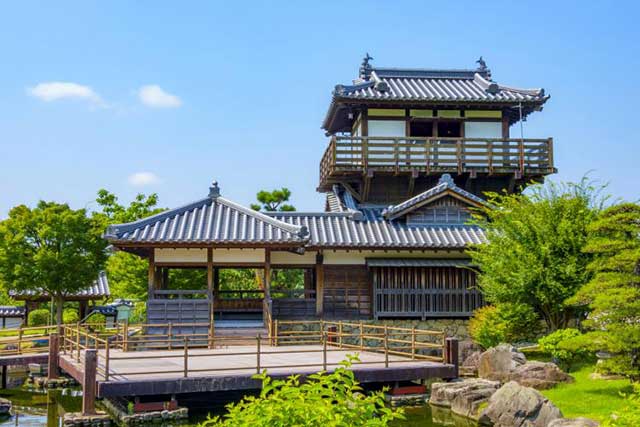
In 1334, Ikeda Noriyoshi built a small fort on this site, which over time was repeatedly expanded and rebuilt. During the Ōnin War of 1467–1477, the Ikeda clan supported the Western Coalition. As a result, Ikeda Castle was attacked and captured by the forces of the Eastern Coalition, but it was soon recaptured, allowing it to avoid serious destruction.
-
Aizu-Wakamatsu Castle
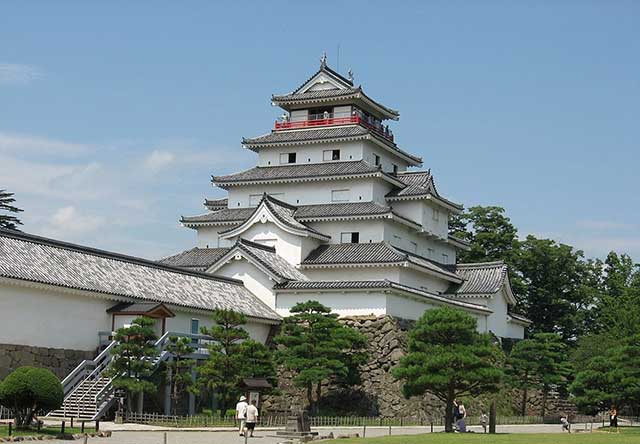
Aizu-Wakamatsu is the most powerful and at the same time the oldest castle in the Tōhoku region in the north of Honshu Island. Its history begins in the 14th century and is closely connected with the Ashina clan, whose members claimed descent from the legendary Taira family.
-
Maruoka Castle
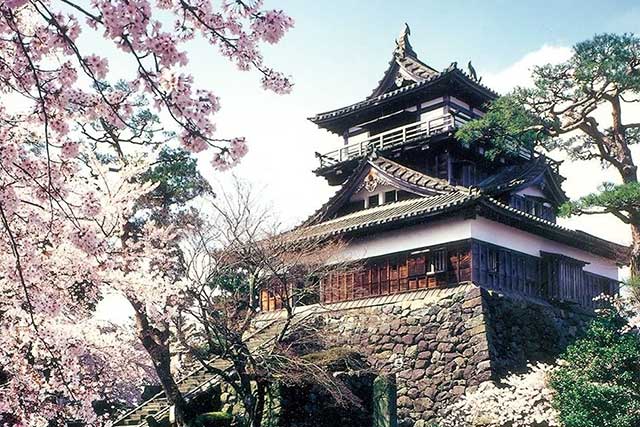
Maruoka Castle is located in the central part of the former city of Maruoka, which is now part of the city of Sakai. This area lies in the northeastern part of Fukui Prefecture. The castle was built on the bank of the Kuzuryu River, on the side opposite Fukui City, which once served as the administrative center of the former Echizen Province. Thanks to its location, Maruoka held significant strategic importance, as it controlled two major routes at once: the Hokurikudo highway leading from Kaga Province and the Mino Kaido road connecting these lands with Mino Province.
-
Marugame Castle
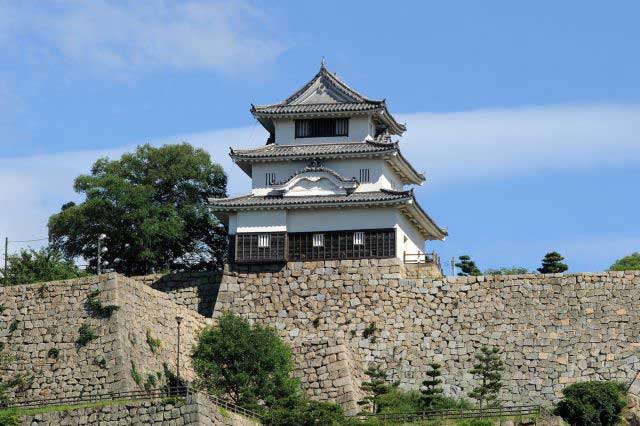
Marugame is part of the so-called “Authentic Dozen,” a group of twelve castles whose donjons have survived to the present day without major reconstructions since the Edo period.
-
Iyo Matsuyama Castle
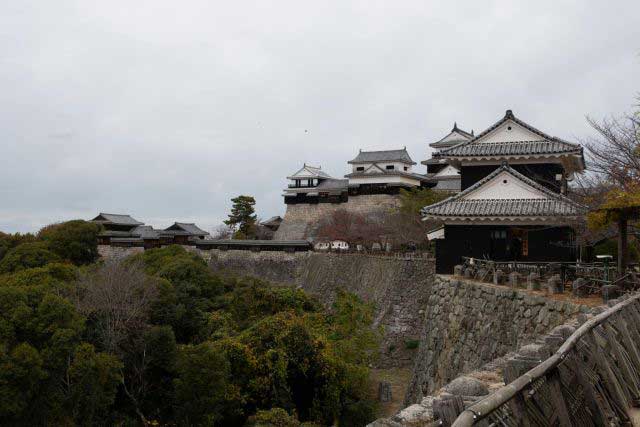
Historically, the center of Iyo Province—corresponding to today’s Ehime Prefecture on the island of Shikoku—was the city of Imabari, while the Matsuyama area was regarded as an agricultural hinterland with broad plains and low hills. During the Muromachi period, the central part of the province was governed by the Kano clan from Yuzuki Castle. With the onset of the Sengoku period, however, this clan lost its former influence and was forced to survive in the shadow of the more powerful Mori and Chōsokabe clans. After Toyotomi Hideyoshi’s forces conquered Shikoku in 1587, the northern part of Iyo Province was granted to Fukushima Masanori, one of the so-called “Seven Spears of Shizugatake.” In 1595, Masanori was transferred to Kiyosu Castle, and the lands around Matsuyama were given to another of the Seven Spears, Katō Yoshiaki, who received Masaki Castle and an income of 60,000 koku of rice.
-
Kanazawa Castle
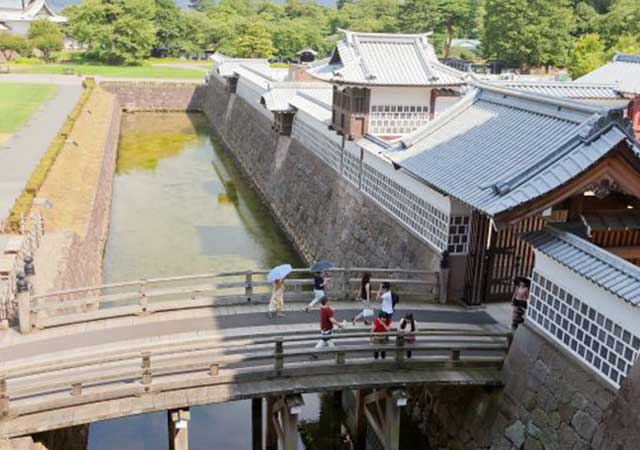
Construction of Kanazawa Castle began in 1580 on the orders of Sakuma Morimasa, a vassal of Oda Nobunaga. The castle was built on the site of the Ikko-ikki sect's Oyama Gobo temple, which is why it is sometimes called Oyama Castle. Morimasa managed to build several moats and begin construction of a castle town. However, after his defeat at the Battle of Shizugatake in 1583, he was executed, and ownership of the castle passed to Maeda Toshiie (1538–1599).
-
Nakatsu Castle
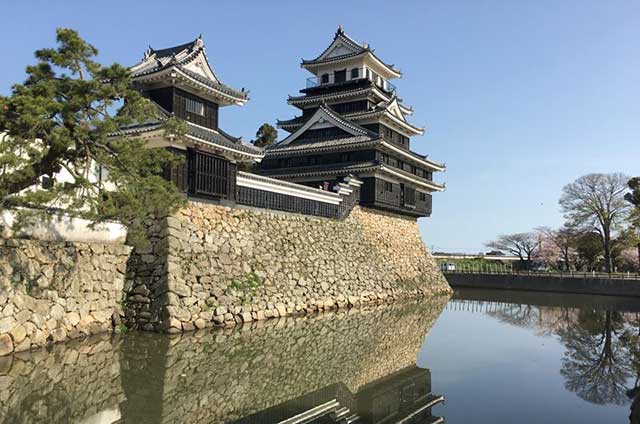
Kuroda Yoshitaka (1546–1604) was one of the closest advisors to the legendary military commander Toyotomi Hideyoshi. He took part in key military campaigns of the late 16th century, including the campaign against Shikoku in 1585 and the campaign against Kyushu in 1587. Later, during the second campaign in Korea, Yoshitaka served as chief advisor to the commander of the invasion forces, Kobayakawa Hideaki. After Hideyoshi's death, he swore allegiance to Tokugawa Ieyasu, thereby securing his influence and patronage under Japan's new leader.

